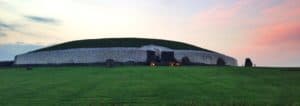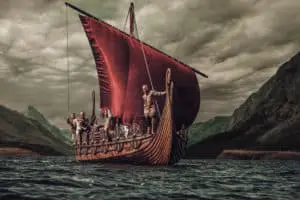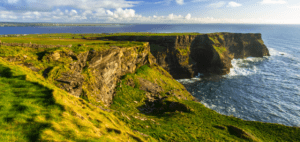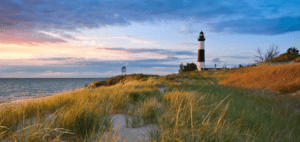The Mythical Creatures of European Folklore: Exploring the Legends from Dragons to Dwarfs
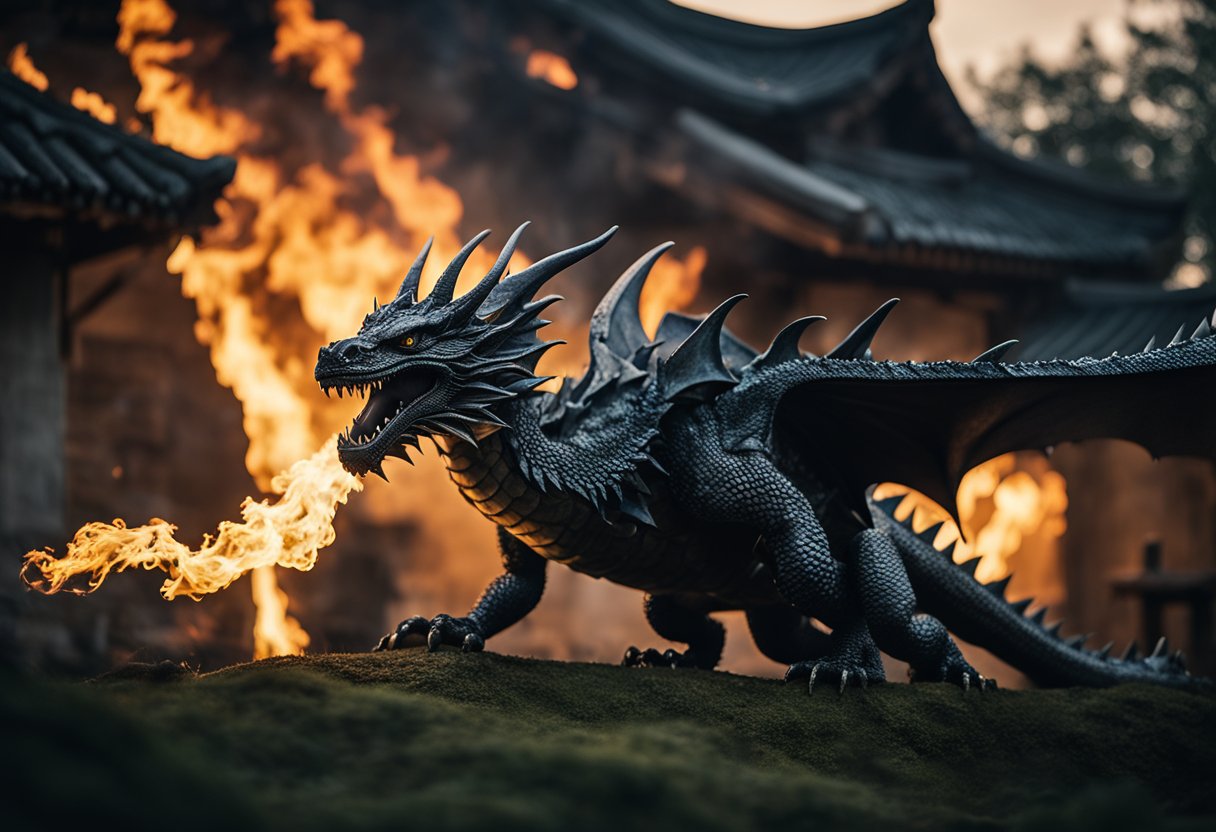
Updated On: April 24, 2024 by Aya Radwan
The tapestry of European folklore is intricately woven with a pantheon of mythical creatures that have captivated imaginations for centuries. Dragons, embodying fear and wonder, are powerful symbols of chaos and protection throughout the continent’s diverse mythology. Whether breathing fire over the landscapes of medieval legend or perched upon the crests and flags of nations, these serpentine beasts have left an indelible mark on European heritage. On the other side of folklore, the diminutive dwarfs are renowned for their incredible craftsmanship and association with the earth, guarding precious treasures and working their craft deep within mountainous realms.
These legends, featuring elves, fairies, and otherworldly spirits, also delve into the human psyche, exploring the depth of cultural values, societal fears, and aspirations. The heroes who confront dragons and bargain with dwarfs in these stories reflect human complexity, portraying both nature’s light and dark aspects. Across Europe, mythology has been a means to explain the world’s mysteries, enforce moral lessons, and entertain generations. These vivid narratives have survived the passage of time and have evolved, influencing contemporary culture and media, ensuring their perpetual place in modern storytelling.
Origin and Evolution of Mythical Creatures of European Folklore
European mythology has been shaped by various cultural and religious influences throughout history, creating a rich tapestry of legendary creatures and stories. These myths have evolved from ancient pagan traditions and have been adapted and assimilated into Christian contexts, reflecting the continent’s complex history.
Influence of Paganism and Christianity
In the early days, paganism was the bedrock of belief across Europe, with Greece and Old Norse regions being particularly influential. The pantheon of Greek deities and mythological creatures had a lasting impact on European lore, with tales of gods and heroes being interwoven with the identities of early European civilizations.
As Christianity spread over the continent, it assimilated many pagan deities and legends, which became saints or devils within the new religious framework. Saints took on roles similar to those of ancient gods, and local creatures from mythology were often sanctified, demonised, or relegated to the status of folklore to fit within the Christian worldview. This syncretism laid the groundwork for the mythical creatures of medieval Europe that combined elements from various belief systems.
Classical Mythology in Medieval Europe
During medieval Europe, classical mythology experienced a resurgence. Manuscripts and literary works from Ancient Greece and Rome were studied and circulated, reintroducing classical myths to the medieval imagination. This led to a blending of old and new beliefs, where ancient creatures such as dragons and dwarfs found new life in the literature and art of the time.
Old Norse sagas and Eddas also contributed a variety of beings to European mythology, including elves and trolls, which then permeated across the various cultures of Europe. This cross-pollination helped create a shared mythological heritage that spanned from the Mediterranean to the Nordic countries, continuously evolving and influencing each other throughout the centuries.
Dragons: Symbolism and Myth Across Europe
In European folklore, dragons have been a formidable symbol of power, often representing a challenge to be overcome. They are ubiquitous across legends, sometimes revered, sometimes feared, and manifest in various forms, from winged beasts spewing fire to serpentine creatures lurking in the depths of rivers and seas.
The Western Dragon
The Western dragon is typically depicted as a massive, fire-breathing creature with bat-like wings, a long tail, and scales. This dragon is often associated with evil, hoarding treasure, and laying waste to lands. It embodies chaos and is commonly the hero’s adversary in myths. An infamous example of this archetype is the lore surrounding the Loch Ness Monster, although it resembles a giant sea serpent more than a traditional winged dragon. Our understanding of these dragons’ characteristics is supported by depictions found on Wikipedia.
Eastern European Dragons
Venturing eastward, Slavic dragons also hold a prominent place in regional folklore. Contrasting with their Western counterparts, these dragons can have multiple heads (usually three or seven) and sometimes possess positive attributes or play protective roles. The tales involving Slavic dragons are vivid and intricate, reflecting Slavic culture’s complex relationship between humans and the divine. They can be considered equivalent in their symbolism of evil, often being vanquished by heroes or saints.
Sea Serpents and River Dragons
Beyond the traditional land-dwelling dragons, European mythology also speaks of dragons inhabiting bodies of water. These sea serpents and river dragons appear as large, snake-like creatures, sometimes with draconic features. They share similarities with the Western and Eastern European dragons, often embodying a sense of danger and the unknown. Examples such as the Norse Jörmungandr, a large sea serpent that encircles the earth, captures the essence of these water-bound legends, personifying the primal fears associated with the sea’s vast, untamed expanse.
Dwarfs and Elves: Earthly Inhabitants with Magical Skills
Before we dive into the specifics of dwarfs and elves, it’s crucial to understand that these mythical creatures are deeply rooted in European folklore and were believed to possess magical skills, often linked to the natural world of mountains, caves, and underground realms.
Dwarfs in Germanic Mythology
In Germanic mythology, dwarfs, or dvergar in Old Norse, were often depicted as master smiths and craftsmen. These short and sturdy beings were renowned for their ability to forge legendary treasures, with many myths centring on their extraordinary metalworking skills. They inhabited mountains and caves, closely entwined with the earthly elements, and their creations were sought after by gods and mortals alike. Some tales of dwarfs crafting coveted items like Thor’s hammer signify their pivotal role in mythical narratives.
Elves in Nordic Folklore
Elves, known as álfar in Old Norse, were significant in Nordic folklore. They were described as semi-divine beings with a close connection to nature. Light elves were often seen as benevolent, radiant and fair figures residing in the Alfheim realm. Dark elves, in contrast, dwelled underground and were ascribed a more ambivalent nature. Elves were attributed with magical abilities and were thought to interact with humans, sometimes even mixing with children of men. The complexity of these creatures is captured in accounts of their mischievous deeds and their more benevolent acts.
The Essence of Fairy Tales
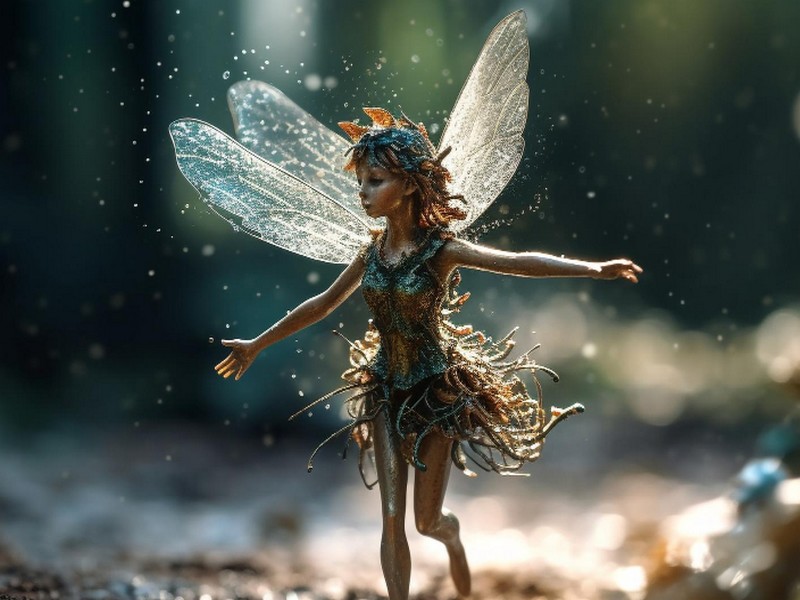
Fairy tales are a foundational element of European folklore, rich in symbolism and cultural significance. They serve not only as entertainment but also as a means of imparting wisdom and exploring the complexity of the human condition through the actions of fairies and other supernatural beings.
Fairies and Their Enchanted Realms
Fairies are often depicted as benevolent beings with a strong connection to nature and the supernatural in the enchanted realms of fairy tales. They are commonly described as possessing magical powers and existing in a plane just beyond human reach, yet occasionally intertwining with our world through hidden rings and gateways. Within these realms, treasure often symbolizes the rewards of virtue and the peril of greed, reflecting the complexities of human desire and morality.
The Role of Fairies in Legends
Fairies frequently interact with children in legends, imparting lessons, bestowing gifts, or leading them on fantastical adventures. These tales, with origins in various cultures—including English and German folklore—highlight the fairies’ dual nature: they are capable of generous acts and mischievous deeds. The role of fairies in these stories is to embody the mysterious force of the supernatural world and to mediate between the known and the unknown, often guiding protagonists to profound self-discoveries.
Legendary Heroes and Their Quests
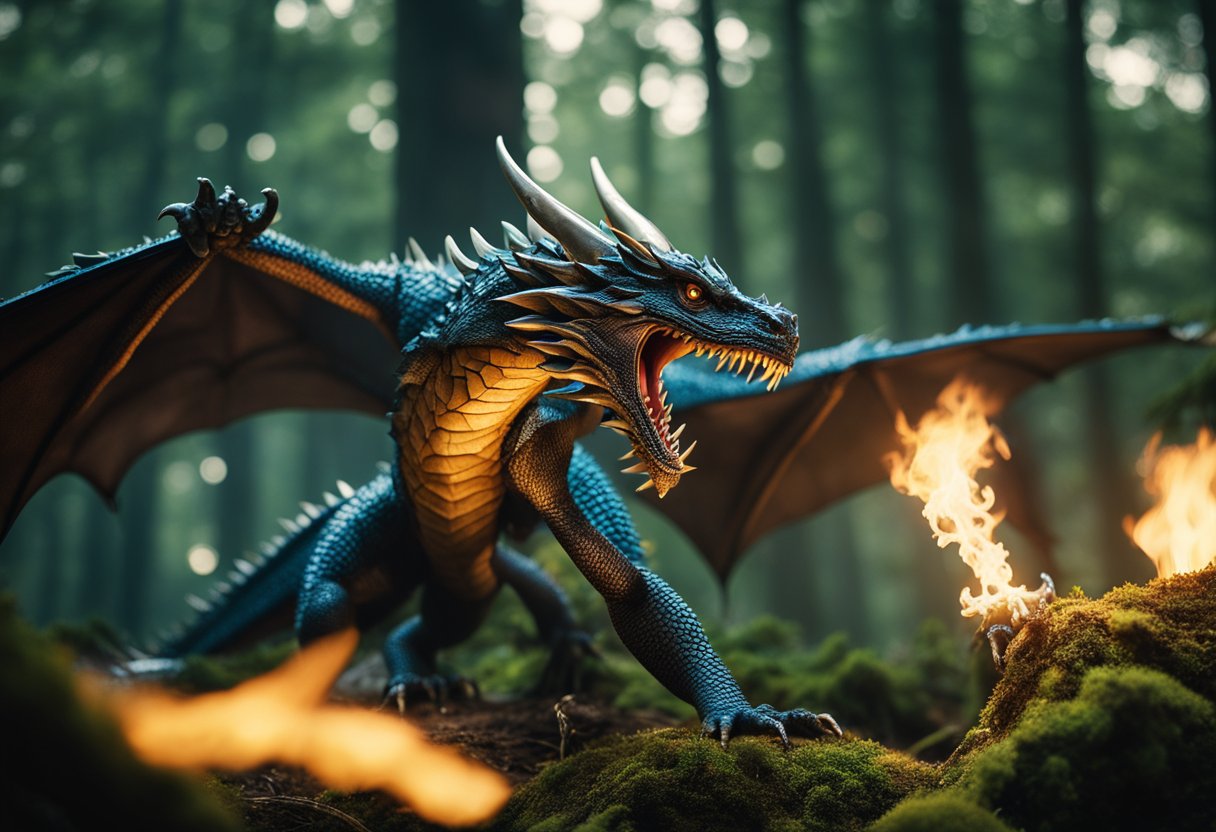
In the tapestry of European folklore, legendary heroes often embark on daring quests, facing impossible odds to attain fortune or stave off death. Their stories are a testament to the values and ideals held by the societies that birthed them.
Sigurd and Beowulf
Sigurd, the heroic dragon-slayer from Norse mythology, is renowned for his fearless quest to earn a name amongst the greatest warriors. In his most famous exploit, Sigurd slays the dragon Fafnir and wins the cursed treasure, ultimately leading to tragic consequences. His tale is one of bravery, destiny, and the solemn truths accompanying the pursuit of glory.
Turning to the Anglo-Saxon epic, Beowulf embodies the archetypal hero who confronts darkness and death. His legendary prowess is illuminated in three paramount feats: battling the fierce monster Grendel, facing Grendel’s vengeful mother, and fighting a fearsome dragon in his twilight years as king. These encounters highlight his strength and the enduring theme of a hero’s duty to protect his people at all costs.
King Arthur and His Knights
The chivalric legend of King Arthur and his Knights of the Round Table reverberates with the ideals of courage, honour, and nobility. His quest for the Holy Grail and his knights represent the ultimate pursuit of divine favour and spiritual enlightenment. Through these legendary figures, tales of heroism are interwoven with the fabric of fate and the struggles of wielding power righteously.
The chronicles of these remarkable personalities, from Thor, the thunder god, to the courageous bands of warriors under Arthur’s command, encapsulate the essence of mythic heroism. Their legends continue to evoke the timeless allure of confronting the unknown and the unyielding desire to etch their names into the annals of history.
The Role of Animals in Mythology
Within the rich tapestry of European folklore, animals play a pivotal role, embodying the essence of the myths and legends passed down through generations.
Creatures of Flight
Mythology often looks to the skies for inspiration, with numerous legendary creatures possessing wings. Dragons, a mainstay in folklore, frequently manifest as winged beasts capable of flight. This characteristic enables them to act as formidable guardians or challenging adversaries in tales of yore.
Serpents and Their Kin
Serpents hold a particularly enigmatic position in myth. Often synonymous with dragons and wyverns, these creatures typically possess a reptilian nature, sometimes with appendages such as legs or the lung and ryū of Eastern mythology, inspiring awe and terror. Their appearance ranges from the classic Western dragon to the more serpentine tatsu of Eastern legends, highlighting the diverse depiction of serpents across cultures.
Sacred and Mythological Livestock
Within the pastoral narratives of European folklore, cattle and other livestock are not mere background players but often embody sacred or dreaded aspects. Creatures like the Minotaur, with its bovine features and human body, to the noble stags and hinds found in Celtic tales, symbolise natural forces, societal values, and divine protection. The presence of four-legged mythological beings grounds the supernatural elements of folklore to the earth, connecting the ethereal with the mundane.
Nature Spirits and Deities
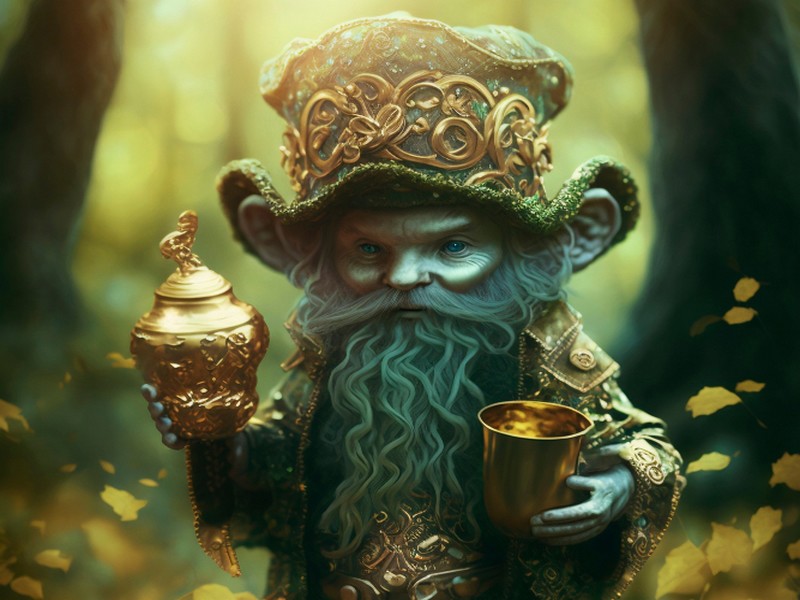
European folklore brims with tales of nature spirits and deities, entities intertwined with the natural world, playing crucial roles in the cycle of life, fertility, and even death.
Guardians of Life and Fertility
In our deep-rooted traditions, numerous spirits and deities are celebrated as protectors of life and enablers of fertility. Spring, a season of renewal, is often personified by these figures. For instance, various spirits ensure that plants and animals flourish. It was widely believed that without the blessings of such entities, crops might fail, and livestock could perish.
Take, for example, the various unnamed deities of springs and rivers associated with healing and growth, which are pivotal for community survival and personal well-being. In contrast, Thor, the Norse god, isn’t just noted for his thunderous exploits but also his association with agriculture and the protection of mankind, fostering fertility and hallowing the land.
Spirits of Death and Underworld
Venturing into the darker aspect of nature spirits, we find those associated with death and the underworld. These entities were often seen as necessary for balance, guiding souls and ensuring the cycle of life and death continued uninterrupted.
In particular, the spirits of the underground held a duality of purpose. They were respected and revered for their role in receiving the deceased, yet they were also feared. These spirits were believed to inhabit the liminal spaces between our world and the next as reminders of mortality and the natural conclusion of life’s journey.
Sinister Beings: Demons and Evil Spirits
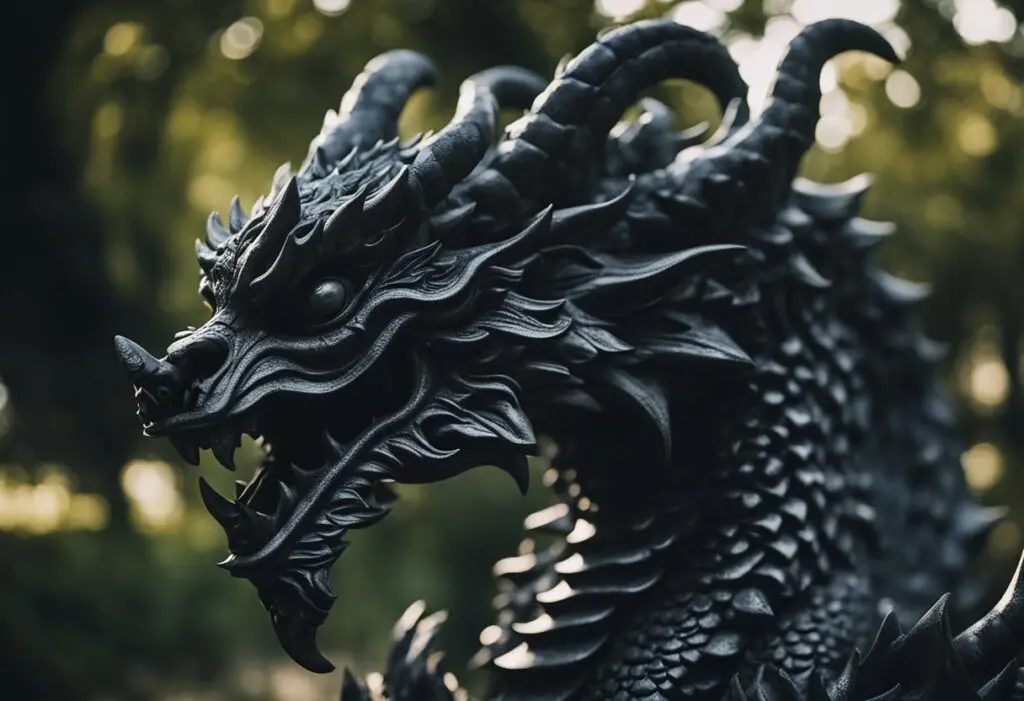
European folklore is steeped in tales of sinister entities that embody the darker aspects of human belief, encompassing everything from the embodiment of evil and sin to mischievous and malevolent imps. These beings have been feared and revered throughout history, often used as cautionary figures to symbolise the consequences of moral transgressions.
Slavic and Baltic Demonic Creatures
In Slavic and Baltic regions, demonic creatures have chilling roles within their folklore. One such entity is the bogeyman, a creature that frightens children into good behaviour. In many Eastern European cultures, this entity is believed to punish those who have sinned as a deterrent for wicked acts. Each ethnic group has its variation of the bogeyman, adapting this demonic concept to fit their particular cultural context and moral framework.
Western European Devils and Imps
Conversely, Western European folklore teems with stories of devils and imps. Devils are often depicted as the pinnacle of evil, orchestrating acts of sin and tempting humans away from virtuous paths. Some narratives feature the devil making pacts with desperate individuals, offering them worldly pleasures in exchange for their souls. Meanwhile, imps are lesser demons associated with mischief and chaos rather than outright malevolence. In tales spread across Western Europe, from the British Isles to the Iberian Peninsula, imps are often shown as tricksters, delighting in causing human trouble.
Cultural Transmission of Folklore
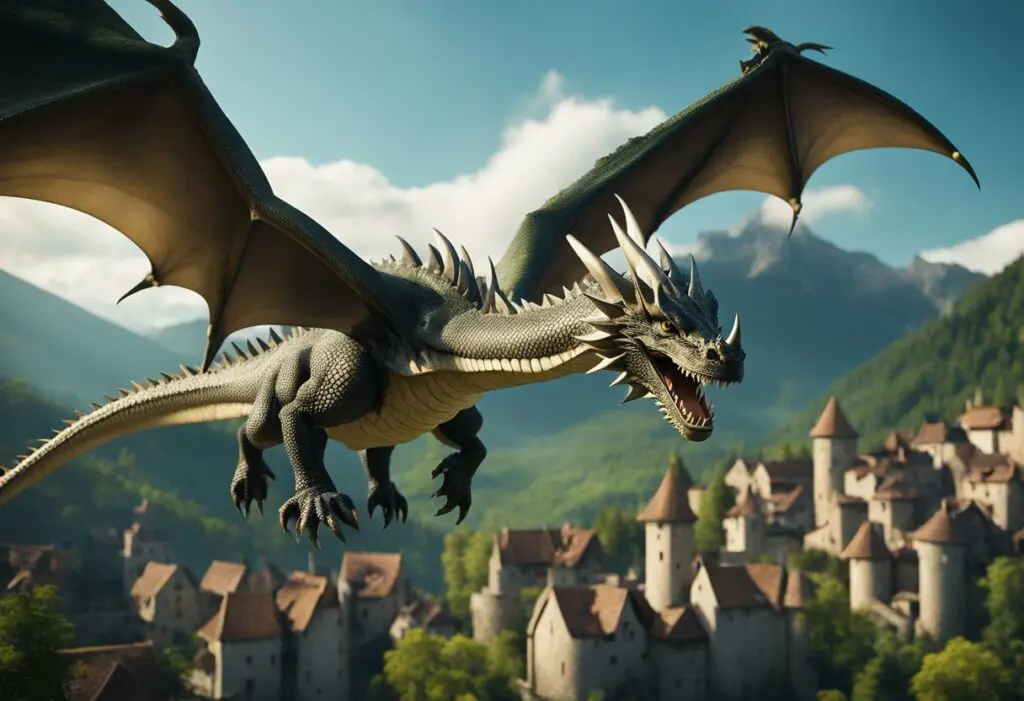
Folklore has journeyed across time and borders, continually transformed by those who cherish it. From tales whispered in the shadowy realms of European forests to the academic halls of Vilnius University, it has been perpetuated by various means.
From Oral Tradition to Literary Works
Folklore originally thrived through oral tradition, with storytellers breathing life into myths and legends. These narratives often included fabled beings like Czech water sprites or the Lithuanian Laumės, unfolding within the communal tapestry of spoken history. Communities gathered to listen to tales of dragons in the Polish night sky or the dwarfs rumoured to reside in the Iberian Peninsula.
As time progressed, these oral accounts found their way into literary works, embedding themselves in the cultural consciousness through textual descriptions. By transcribing folklore into literature, such tales were safeguarded, allowing them to be shared beyond their geographical origins.
Folklore Studies and Academia
The formal study of folklore has further cemented its place in cultural history. Institutions like Vilnius University have participated, with MSc students in Cartography meticulously documenting Europe’s mythical creatures from various cultures, such as Latvian, Russian, and Spanish. The academic treatment has preserved these folkloric entities and promoted rigorous analysis and cross-cultural understanding. The allegiance of academia and the systematic application of cartography, particularly in plotting out the origins and spread of folklore, have provided a rich insight into the complex web of European mythology. This academic scrutiny underpins the importance of folklore, celebrating its role as both a seed of entertainment and a bastion of cultural heritage.
Mythical Beings in Contemporary Culture
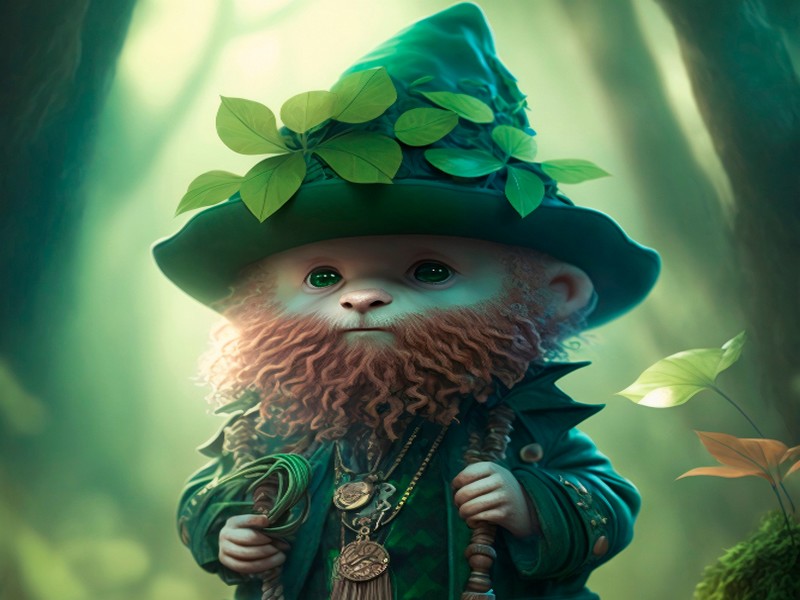
Mythical beings have transitioned from folklore to a staple in modern creative expression and entertainment, influencing various sectors like cinema, television, literature, and art.
Cinema and Television
The silver screen and modern television are arenas where dragons often take flight, providing both terror and majesty. These creatures have been portrayed as deadly and protective, from guarding vast treasures to forming bonds with characters. Productions like Game of Thrones have solidified the dragon’s place in contemporary lore, often depicted as powerful and awe-inspiring.
Dwarfs in film and television have been positioned as skilled craftsmen and friendly companions to main characters, consistent with their folklore origins. They’ve transitioned well into roles in fantasy-genre media, maintaining their bearded, stout image yet arriving with a modern twist. Works such as “The Hobbit” showcase these beings as pivotal characters, enriching the narrative with their portrayal.
Literature and Art
In books and visual arts, mythical beings from European lore have continuously inspired beautiful, thought-provoking pieces. Dragons and dwarfs are common fixtures in fantasy novels and artwork, often symbolising immense power or earthy wisdom.
Creatures from the depths of legend are also inherent drivers of the plot and theme. They are seen in settings ranging from children’s literature, where they are tamed to be friendly and approachable, to high fantasy, where their powerful, sometimes deadly, natures are explored. Renowned series like Harry Potter have introduced these creatures to new generations, illustrating them as protective or perilous but always linked to deep-seated human mythos.
Frequently Asked Questions
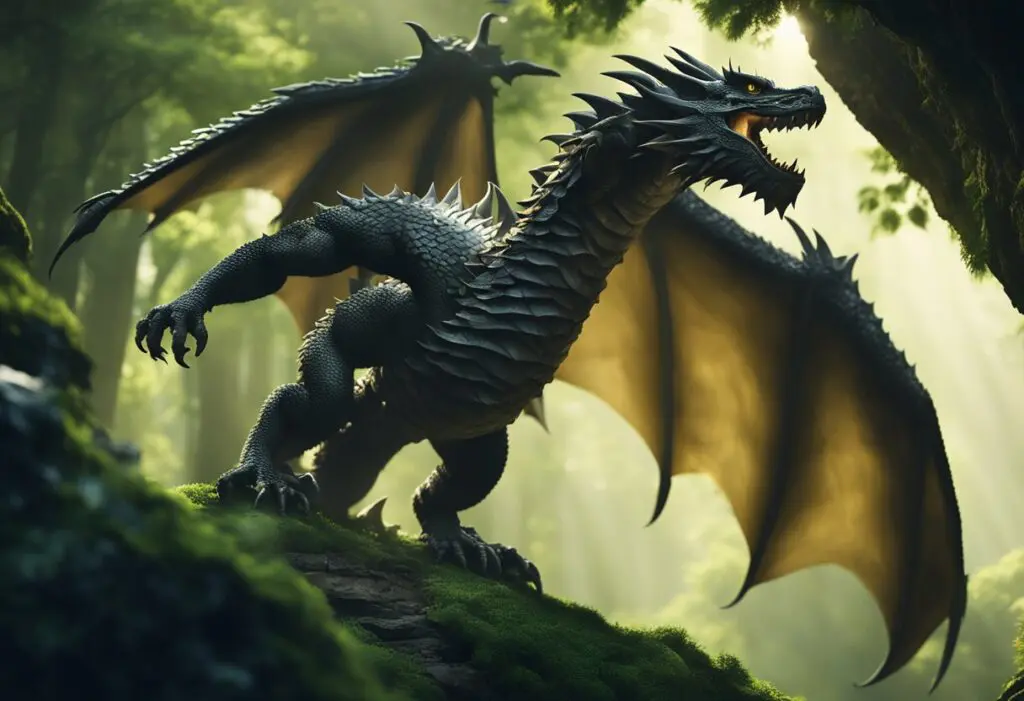
In this section, we explore some of the most curious aspects of European folklore, answering frequently asked questions about the mystical beings that have captivated the imagination for centuries.
Which creatures are commonly found in European folklore?
European folklore is teeming with various creatures, each embodying the values and fears of the cultures from which they originate. Among these are the benevolent yet elusive fairies, the mischievous imps, and the haunting spirits like banshees.
How do dragons feature in different European mythologies?
In European mythologies, dragons are often depicted as powerful and fearsome beasts. Variations include the fire-breathing dragons of medieval legend, guarding treasures and challenging heroes, and the symbolic dragons of heraldry that represent strength and valour.
What role do dwarfs play within Norse folklore?
Dwarfs in Norse folklore are skilled craftsmen and metalworkers known for their wisdom and magical abilities. They live in mountains and the earth, creating legendary artefacts such as Thor’s hammer Mjölnir.
Can you list some Eastern European folklore creatures?
Eastern European folklore presents a tapestry of mythical beings, including the water-dwelling Rusalka, the forest-guarding Leshy, and the mischievous Domovoi, a household spirit believed to protect the home.
What are the origins of kobolds in mythology?
Kobolds are mythical creatures originally from Germanic mythology. They are often depicted as small, goblin-like beings that can be helpful or malicious, inhabiting mines, homes, or ships and are believed to have a penchant for playing tricks.
What mythical creatures are depicted on the mythical creatures map of Europe?
The mythical creatures map of Europe showcases a range of beings from lore across the continent, such as the Greek harpies, Scandinavian trolls, and the Slavic Zmey Gorynych, a three-headed dragon.



